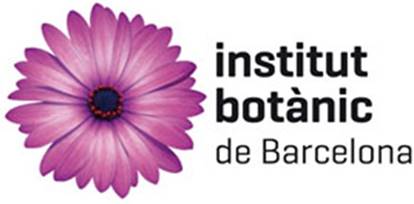Silene latifolia
Sex-biased genes
There are 2 pages with 15 entries
| Name | Description | Protein homology | Other info | Source |
|---|---|---|---|---|
| CCLS30.1, 52, 57.05, 57.1 or 65 | Candidates for transcription factors and genes controlling cellular interactions. | https://doi.org/10.1046/j.1365-313X.1997.12040805.x | ||
| CCLS30.3 and 65 | Potential cytoskeletal and nuclear integrity genes. | https://doi.org/10.1046/j.1365-313X.1997.12040805.x | ||
| CCLS4 | May fulfil different functions during pre- and post-meiotic anther development and reveal the complex role parietal cells may play during early stamen formation. | https://www.ncbi.nlm.nih.gov/pubmed/9426622 | ||
| CCLSl, 6, 30.2, 54 and 62 | Homologies with pathogen and wound (stress) response genes involved. Appear to be expressed in response to both developmental and environmental signals. | https://doi.org/10.1046/j.1365-313X.1997.12040805.x | ||
| Men-1 to Men-8 sequences | Male-specfic sequences. | https://doi.org/10.1104/pp.114.3.969 | ||
| MROS1, MROS2, MROS4 | Autosomal copies of MROS genes. | https://www.ncbi.nlm.nih.gov/pmc/articles/PMC1461734/ | ||
| MROS1, MROS2, MROS4 | Analysis of the DNA methylation patterns of the MROS1 gene, which is expressed in the late phases of pollen development in Silene latifolia. | https://doi.org/10.1139/G02-052 | ||
| SlCLV1 | Orthologue of CLAVATA1, might also be engaged in carpel suppression. | https://doi.org/10.1093/pcp/pcp187 | ||
| SLM1, SLM2 and SLM3 | These are orthologs of AGAMOUS (AG), PISTILLATA (PI) and APETALA3 (AP3) , respectively, show different patterns of expression in male and female flower buds. Three AP3 homologs, i.e. SLM3 in the eu-AP3 lineage and SlAP3A and SlAP3Y in the TM6 lineage, they are thought to be functionally differentiated. | https://doi.org/10.1093/pcp/pci080 | ||
| SLM4 and SLM5 | SLM4 and SLM5 were most similar to the early acting SQUAMOSA gene of snapdragon and the homologous APETALA1 gene of Arabidopsis; expressed in floral meristems as soon as they form on the flanks of the inflorescence meristem. | https://doi.org/10.1105/tpc.6.12.1775 |
Sex-chrom database 2021-2022




